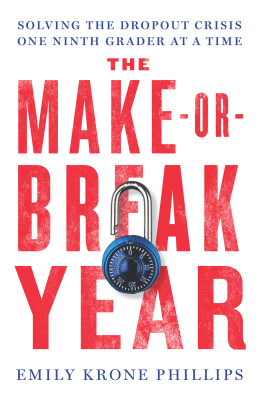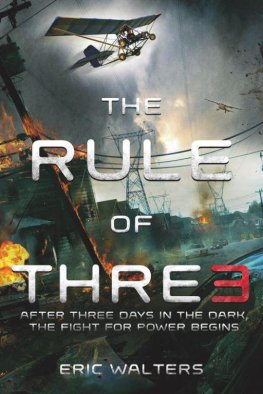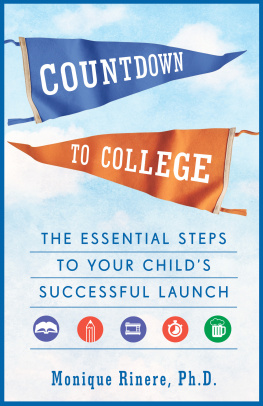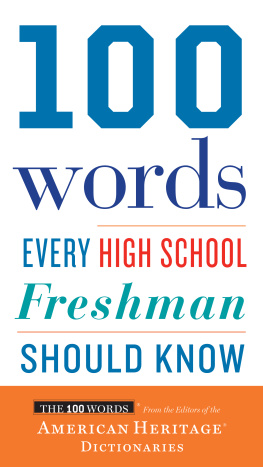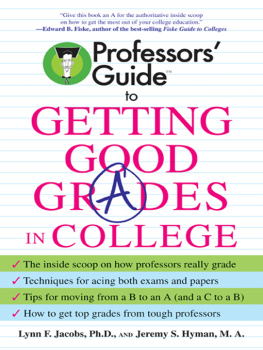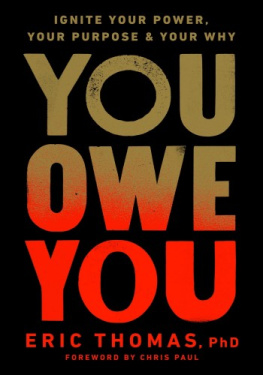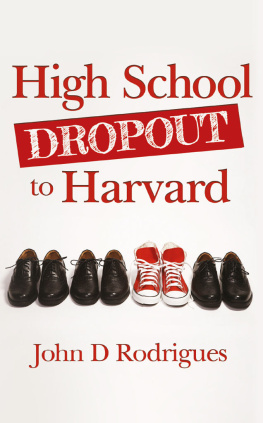Contents
Page List
Guide

The Make-or-Break Year
The Make-or-Break Year
Solving the Dropout Crisis
One Ninth Grader at a Time
Emily Krone Phillips

2019 by Emily Krone Phillips
All rights reserved.
No part of this book may be reproduced, in any form, without written permission from the publisher.
Requests for permission to reproduce selections from this book should be mailed to: Permissions Department, The New Press, 120 Wall Street, 31st floor, New York, NY 10005.
Published in the United States by The New Press, New York, 2019
Distributed by Two Rivers Distribution
ISBN 978-1-62097-323-3 (hc)
ISBN 978-1-62097-324-0 (ebook)
CIP data is available
The New Press publishes books that promote and enrich public discussion and understanding of the issues vital to our democracy and to a more equitable world. These books are made possible by the enthusiasm of our readers; the support of a committed group of donors, large and small; the collaboration of our many partners in the independent media and the not-for-profit sector; booksellers, who often hand-sell New Press books; librarians; and above all by our authors.
www.thenewpress.com
Composition by Westchester Publishing Services
This book was set in Minion Pro Regular
Printed in the United States of America
10 9 8 7 6 5 4 3 2 1
For Tom, Caroline, and James
CONTENTS
AUTHORS NOTE
The idea of this book originated when I was working as communications director at the University of Chicago Consortium on School Research, one of the countrys oldest and most respected partnerships between university researchers and educators. Over the course of two decades, the UChicago Consortium conducted research on the Chicago Public Schools (CPS) that profoundly influenced district policy and practice. One of the most influential strands of their research pointed to the importance of supporting students during their ninth-grade year, which helped spur large improvements in graduation rates in Chicago. A privilege of working at the Consortium was getting to interact frequently with educators and policymakers at every level in the system in Chicago. From them I heard the stories of students, teachers, and schools transformed by the research on freshmen year. I realized those stories needed to be told more broadly, in part to help answer the questions that were being posed to me about how and why these improvements had occurred, and in part because the general public needs to hear about things that have gone right in public education and in the public sphere more generally.
The Spencer Foundation provided me with a generous grant, which allowed me to spend more than a year reporting from Chicago schools and interviewing past and present CPS teachers and administrators. I spent the 201516 school year at Tilden High School, sitting in on staff meetings, tutoring sessions, and classes, and interviewing Tilden students as well as the teachers and staff who work with them.
When introducing myself to students, I explained that I was writing a book about the importance of freshmen year for future academic success. The students were eager to share their stories and often expressed their desire to improve freshmen year for other students. I have changed the names of all minors (but not adults) in this book, as well as certain identifying details, in order to protect their privacy. Most of the scenes in the Tilden chapters of the book I witnessed firsthand. For those that I did not, I relied on the accounts of at least two people who were there, and generally three or four.
The chapters in the book that tell the history of the Freshman OnTrack movement at Hancock High School and across Chicago rely primarily on my own personal interviews with students, researchers, teachers, administrators, and others who work in or for schools. They also draw on research conducted in Chicago schools by UChicago researchers and on news accounts from the time.
While I was reporting this book, students revealed personal details about their friendships, families, neighborhoods, hopes, fears, goals, and academic struggles and triumphs. Throughout the narrative, I disclose these details in so far as they influenced students academic trajectories. The Freshman OnTrack movement in Chicago, which has transformed relationships between teachers and students, is predicated on the recognition that students personal and academic lives are inextricably linked. It therefore seemed crucial to include details about students private lives in order to illustrate the work of Freshman OnTrack in all its complexity. It is my sincerest hope that the depictions of students lives inside and outside of the classroom will help educators unleash the potential of ninth graders nationwide.
INTRODUCTION
Average. That was as he began his freshman year at John Hancock College Prep High School on Chicagos Southwest Side in the fall of 2014. Average student. Average athlete. Depressingly average build, despite an early growth spurt that had given him false hope that he might harbor some recessive height genes.
He hadnt always thought of himself in those terms. In eighth grade he had nursed the dream of attending one of the citys selective enrollment high schools, those educational crown jewels reserved for Chicagos academic elite who earned top grades and test scores in elementary school. Like many of his friends from elementary school did, Eric applied and was rejected. The rejection stung more than he let on, reinforcing his fears that he was not particularly smart or talented. And so he recalibrated his expectations and went looking for a high school that was thoroughly average. I just wanted the most mundane school I could find, Eric said later. I wanted an I-can-get-by-without-any-trouble-type school.
He believed that Hancock, a small neighborhood high school near his home, fit the bill. Established to relieve overcrowding at nearby schools, Hancock was never meant to inspireas the newly constructed selective-enrollment schools, with their glass, light, and sparkle were meant to doinstead, it was meant to accommodate. It was housed in an aging building that had once held an all-girls Catholic school. Erics older brother, a senior at Hancock, encouraged him to enroll. And so he did. He planned to keep his head down, work just hard enough to get by, and, upon graduation, leave school behind for good.
From the outset, though, Hancocks teachers and students seemed determined to upend his plan. He attended the freshman orientation before the start of the school year and was bombarded with overtures from upperclassmen who invited him to join their after-school clubs and activities. Teachers, too, seemed friendly and approachable. They quizzed him about his interests, his family, his goals, his learning style. On the first day of school, his math teacher, Mr. Castillo, screened Stand and Deliver, the classic film based on the story of Jaime Escalante, an East Los Angeles public-school teacher who took a ragtag group of underachieving, working-class Latino students and in a year taught them enough advanced math to enable them to pass the rigorous AP Calculus exam. After the movie wrapped, Raul Castillo addressed his own class full of low-income Latino students, vowing to help them reach new academic heights if they exhibited the same type of ganas, or drive, as the students in the film had.

